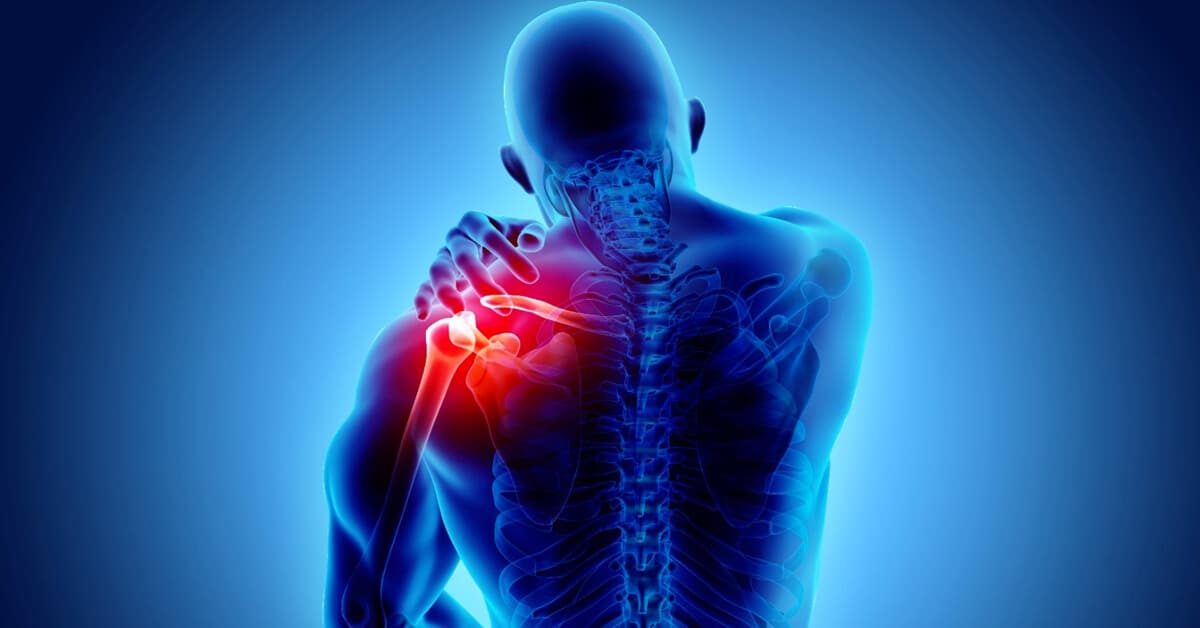How to Achieve Long-Term Pain Relief Management through Lifestyle Changes
Posted by: Damon Webster | Posted on: March 18, 2024
Chronic pain is a widespread and often debilitating condition that affects millions of people worldwide. While medication and other treatments can offer temporary relief, achieving long-term pain management can be challenging. However, by implementing certain lifestyle changes, individuals suffering from chronic pain can experience lasting relief and improvement in their quality of life.
Lifestyle changes for pain management involve adopting healthier habits and behaviors that can help reduce pain and inflammation in the body. These changes can include adjustments in diet, exercise, sleep, stress management, and overall self-care practices. By addressing the root causes of pain and making sustainable lifestyle modifications, individuals can effectively manage their pain and reduce their reliance on medication.
Chronic pain can be challenging to manage, but making lifestyle changes can help improve long-term pain relief. In this article, we will explore various lifestyle changes that can help individuals achieve long-term pain relief management. Here are some suggestions for how to achieve long-term pain relief management through lifestyle changes:
1. Maintain a healthy weight: Excess weight can put additional strain on your joints and muscles, leading to increased pain. By maintaining a healthy weight through a balanced diet and regular exercise, you can reduce the burden on your body and decrease pain levels.
2. Stay active: Regular exercise can help improve strength, flexibility, and overall physical function, which can in turn help reduce pain. Low-impact activities such as walking, swimming, yoga, or tai chi can be beneficial for managing chronic pain.
3. Practice good posture: Poor posture can contribute to musculoskeletal pain, so it's important to maintain good posture throughout the day. Proper ergonomics at work and home, as well as regular posture checks, can help prevent pain from worsening.
4. Manage stress: Chronic pain and stress often go hand in hand, with one exacerbating the other. Finding ways to manage stress, such as through relaxation techniques, mindfulness, or counseling, can help reduce pain levels and improve overall well-being.
5. Get enough sleep: Quality sleep is essential for managing pain and promoting healing. Aim for 7-9 hours of restful sleep each night, and establish a bedtime routine that helps you relax and unwind before bed.
6. Eat a balanced diet: A healthy diet rich in fruits, vegetables, lean proteins, and whole grains can help reduce inflammation in the body, which is often a contributor to chronic pain. Avoiding processed foods, sugary snacks, and excessive caffeine and alcohol can also help manage pain.
7. Stay hydrated: Dehydration can worsen pain symptoms, so it's important to drink plenty of water throughout the day. Aim for at least 8-10 glasses of water daily, and limit intake of sugary beverages and caffeine.
8. Quit smoking: Smoking can worsen chronic pain conditions by restricting blood flow and increasing inflammation. Quitting smoking can improve circulation, reduce inflammation, and help decrease pain levels over time.
9. Seek professional help: In addition to lifestyle changes, it's important to work with healthcare professionals to develop a comprehensive pain management plan. This may include medications, physical therapy, acupuncture, chiropractic care, or other treatments tailored to your specific needs.
By incorporating these lifestyle changes into your daily routine, you can help manage chronic pain more effectively and achieve long-term relief. It's important to be patient and persistent, as it may take time to see significant improvements, but with dedication and support, you can take control of your pain and improve your quality of life.
.jpg)
.jpg)
.jpg)
.jpg)
.jpg)
.jpg)
.jpg)
.jpg)
.jpg)
.jpg)
.jpg)
.jpg)
Comments are Closed